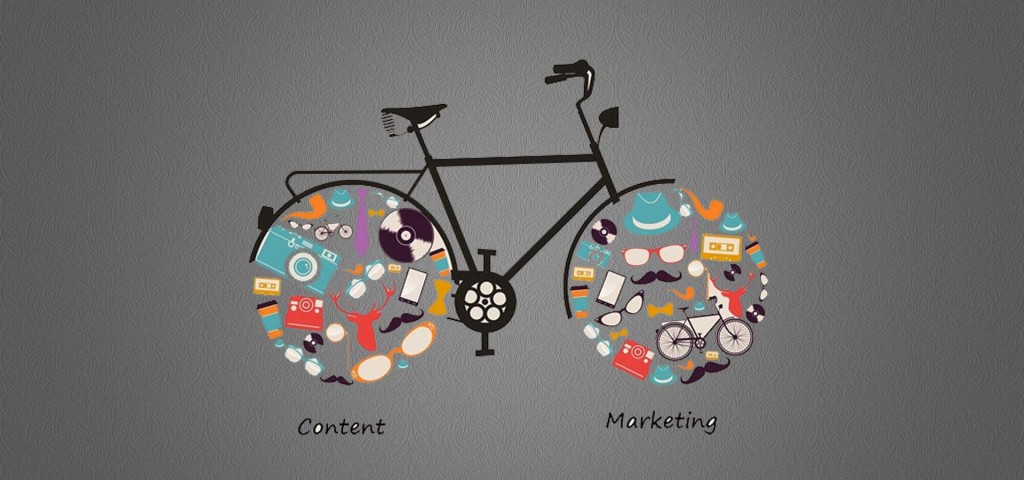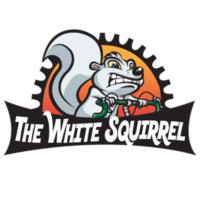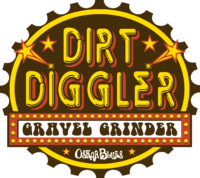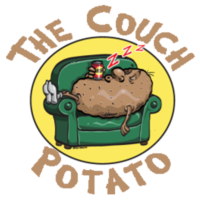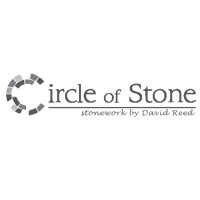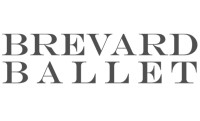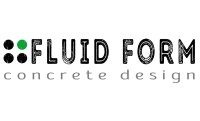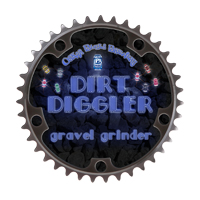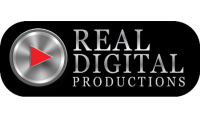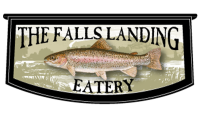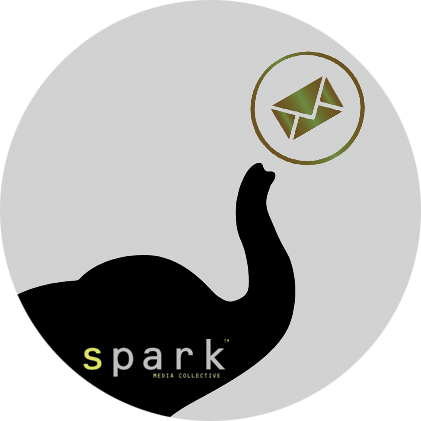Content is king.
– Bill Gates
What is Content Marketing?
“Content marketing is any marketing that involves the creation and sharing of media and publishing content in order to acquire and retain customers. This information can be presented in a variety of formats, including news, video, white papers, e-books, infographics, case studies, how-to guides, question and answer articles, photos, etc.”
Content marketing’s purpose is to attract and retain customers by consistently creating and curating relevant and valuable content with the intention of changing or enhancing consumer behavior. It is an ongoing process that is best integrated into your overall marketing strategy, and it focuses on owning media, not renting it.
Basically, content marketing is the art of communicating with your customers and prospects without selling. It is non-interruption marketing. Instead of pitching your products or services, you are delivering information that makes your buyer more intelligent. The essence of this content strategy is the belief that if we, as businesses, deliver consistent, ongoing valuable information to buyers, they ultimately reward us with their business and loyalty.
How does Content Marketing work?
First we need to understand the four steps of the buying cycle:
- Awareness. Prior to awareness a customer may have a need, but they are not aware there is a solution.
- Research. Once a customer is aware there is a solution, they will perform research to educate themselves. For example, a car buyer will try to find out what different types of cars exist, and which one will fit their needs.
- Consideration. At this point the customer starts comparing different products from different vendors to make sure they’re getting a high quality product at a fair price.
- Buy. Finally, the customer makes their decision and moves forward with the transaction.
Traditional advertising and marketing is great when it comes to the second two steps. Content marketing taps into the first two stages of the buying process by raising awareness of solutions and educating consumers about a product they may have never considered before.
The rapid evolution of social and digital technologies has made information abundant, and your customers are turning to these channels first. In today’s market, 60% of the buyer’s cycle has already been completed before they get to your store or website. That means, when a customer walks into a store to browse options or scroll through products on a website, chances are good that they’ve already done their research and have a good idea of what they are looking for. In other words, the “sales” part of the process was done online as the customer searched for information, reviews, videos, and other forms of content to help them make their decision. This is where Content Marketing comes in.
By becoming a trusted resource of information for your service or product, you develop a relationship with your customer, so when they are ready to buy, they already know who you are.
2 Wheels Are Better Than 1
While riding a unicycle is possible, it is considerably more difficult than riding a bicycle. Think of the wheels as the 2 parts of Content Marketing.
The back wheel, Content, is the driving force. It is the meat of what you are saying and offers the value to your customer. The key factors to keep in mind here are quality and value. Whether you are creating a video, taking product shots, or writing a blog, the level of quality will be a direct reflection on your business. Remember, this may be the first impression you make. The second factor is value. The question to ask yourself is, “does my content add value for my customer?”. Are you creating content that promotes your business or content that helps your customer? This is how you measure the value of your content.
The front wheel, Marketing, directs where you are going. All of the best content in the world doesn’t do any good if the right people don’t see it. The goal is to get your content in front of the right people at the right time. This means defining a specific audience that your content is targeted towards. It also means getting your content in front of them when they are looking for it. When a person searches for something online, they are looking to be informed. On the contrary, when an a person sees an ad during a football game, their experience is being interrupted. (To counter this, companies are starting to use these ad spots for branding commercials that tell a story or entertain the viewer, rather than an advertisement that tries to sell a product.)
The principles of Content Marketing are:
- Target – Define your audience. Know who you are speaking to.
- Attract – Use headlines, titles, subject lines, etc to grab their attention.
- Engage – Your content should be relevant and of value to your customer.
- Convert – Let them know what you want them to do and make it easy for them to do it (download a ebook, sign up for a newsletter, ask for a quote, make a reservation, etc).
The 2 wheels work together to create excellent content, and to get that content in front of your targeted audience at the right time. This all happens to achieve the goals of your marketing strategy.
Goals
Your marketing plan should consist of goals with a timeline, action steps, tools to measure results and an evaluation process. Marketing is not an exact science, so think of these 4 elements as a cycle, rather than a linear process. Set your goals. Create and implement an action plan. Measure the results. Evaluate and tweak your goals/action plan. Repeat.
Every business needs sales to exist and grow, so naturally, that is an underlying goal for every part of the business. From a marketing stand point, there can be a wide variety of goals, depending on where the business is at any given moment in time. For a start up, the goal may be to increase brand awareness. For a brick and mortar store that recently opened an online store, the goal may be to get people to find their business online. Or a business that wants to increase their email marketing will set a goal to increase their database of subscribers. Your goals should be realistic, measurable and have a timeline.
When you think about your goals, don’t simply think about increasing sales. Think about what you can do to develop a relationship with your audience and then how to convert them into a customer. With effective content marketing, you are finding people who want to be someone’s customer, and giving them a reason why they should be yours.
We live in a time were people are continually being bombarded with advertisements wherever they turn. It’s usually all about the company and the product or service they offer. Content marketing is all about the customer.

